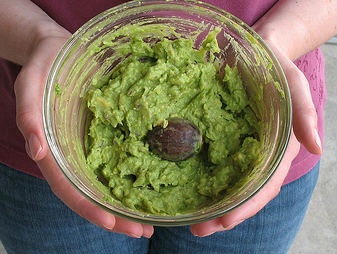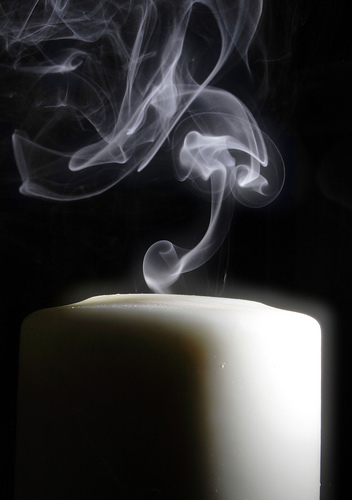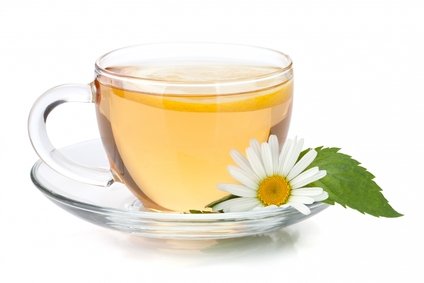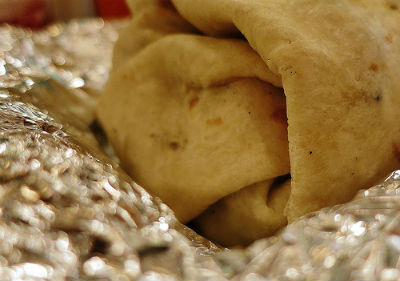5 Common Kitchen Myths
From boiling water to the dull side of foil…
We all get weird cooking quirks. Someone sounded like they knew what they were talking about once, or mom used to do it that way, or, well….who knows why we do what we do anyway?
Today we’re going to explore 5 common idiosyncrasies. Do you do or believe any of these? I would love to hear your comments!
#1—Adding salt to the boiling water will make the pasta cook faster.

Fact: The addition of salt to water does change its’ boiling point to a higher temperature, but it requires far more salt to do that than you would ever add to your pasta! The amount you might add is negligible for the purpose of speeding up the pasta process (but if you like to eat it that way—hey, go for it.)
The salt has a lower vapor pressure than the water, and so when the two combine it averages out to lowering the water’s vapor pressure. Salt also lowers the freezing point (which explains the use of salt when making homemade ice cream). Here is a link for the science.
#2—Adding the avocado pit to the guacamole will keep it from turning brown.

Well….the guacamole directly under the pit won’t turn brown. That’s because the pit blocks the oxygen. Guacamole turns brown quickly because the broken avocado releases an enzyme that oxidizes. The pit itself offers no protection to the guacamole from the enzyme that creates the browning effect. If you cover the guacamole directly, with zero space between the guacamole and the covering, then there will be no browning. See this link for the science. Oh, and for the record, I’ve done this one for years.
#3—If dinner was an abject failure and the house reeks, burn a candle.

Burn a candle for the ambience or to help you relax after the frenzy of complaint you received for that fish bomb. Yes, a burning candle helps (sort of) but it won’t get the job done after that fiasco. It is not the most effective way to eliminate the evidence, I mean, odor. I love a burning candle, but I also know now to be careful with the candles I choose because what we breathe is important to our health. <<As a completely random aside, you gotta check out this blog on how to make the world’s cutest candle from Fresh Eggs Daily. >>
As for eliminating odor, a candle pulls in the air directly surrounding it (through combustion). The combustible odorants that get sucked in get burned, and new ones (less stinky we hope) are created. So yes, a burning candle will eliminate odor but only for a very small space immediately surrounding the candle. You would have to make your house look like the movie set for a bad 1980’s romance flick to get the job done. A gas stove’s burner is far, far hotter than a tiny candle flame and is thereby more effective at combustion—sucking in more air and burning much more of its stinkiness (but Wilson said not to do that—not safe). Or, here is my preferred alternative. Bake some muffins for tomorrow’s breakfast—your family will accept it as an apology for your dinner fiasco and who can resist the smell of blueberry muffins?
#4—A smaller cup of tea will have less caffeine.

If you are using the same tea bag either way (the same amount of tea leaves), you are getting the same caffeine either way. That is because caffeine is water soluble and is immediately drawn out of the tea bag and into the cup within the first minute of steeping. So take Robert Wolke’s advice and enjoy your tea—use the bigger cup anyway (Wolke, pg 9).
#5—When using aluminum foil, the dull side and shiny side should be used different ways for different purposes.

Actually, they are the same, minus the shiny-dull factor that is. When aluminum foil is made, they roll two sheets out at a time. The side that touches the rollers becomes shiny, whereas the sides that press up against another sheet of foil are left dull.
We have personally moved away from using aluminum foil, although we do still find it useful for some occasional purposes (especially camping). Often in my own kitchen though, I find non-stick baking paper to be a healthier alternative that is also cheaper in the long run, since it can be reused.
If you like your quirks, why not? I’ll probably still do some of these out of habit or preference, too.
Carry On,
Chaya
Work Cited:
I just gave you a hyperlink in the body of this blog to simplify things. If you love food science like this, we recommend this book & it’s predecessor:
Wolke, R. (2005). What einstein told his cook 2. New York: W.W. Norton & Company.
Photo Credits:
Pasta noodles: phil-jackson via photopin cc
Guacamole with pit: Mr. T in DC via photopin cc
Candle with smoke: Neal. via photopin cc
Burrito in foil: sea turtle via photopin cc
Proviso: Nothing in this blog constitutes medical advice. You should consult your own physician before making any dietary changes. Statements in this blog may or may not be congruent with current USDA or FDA guidance.
